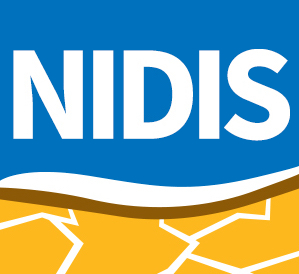Produced by the U.S. Department of Health and Human Services (HHS) Office of Climate Change and Health Equity (OCCHE), the Climate and Health Outlook is an effort to inform health professionals and the public on how our health may be affected in the coming month(s) by climate events and to provide resources for proactive action.
Under Congressional direction, NOAA’s National Integrated Drought Information System (NIDIS) is leading an interagency team on the Upper Missouri River Basin (UMRB) Soil Moisture and Snowpack Data Value Study.











